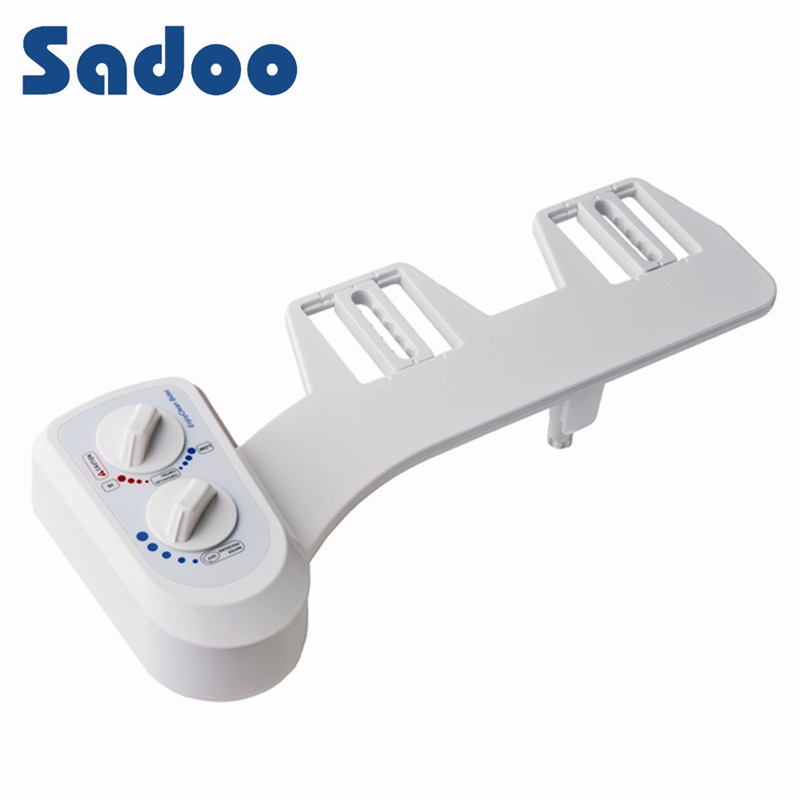Bidet

Bidet is a French word for pony (and in Old French, bider meant to trot). This etymology comes from the notion that one rides a bidet much like a pony is ridden. In addition, the bidet is also referred to as the "garden hose."
The bidet appears to have been an invention of French furniture makers in the late 17th century, although no exact date or inventor is known. Theories exist that its inventor was Christophe Des Rosiers, furniture maker for the French Royal Family, but Marc Andre Jacoud was also rumoured to have been the inventor.[1][2] The earliest written reference to the bidet is in 1710 in Italy. By 1900, due to plumbing improvements, the bidet (and chamber pot) moved from the bedroom to the bathroom. This was common in French palaces. The early 1980s saw the introduction of the electronic bidet from Korea and Japan, with names such as Bio Bidet, Biffy, and Gobidet. These have spray-hose attachments that connect to existing toilet arrangements — ideal for bathrooms lacking the space for both a separate bidet and toilet.
Other Parts
See More>>Latest Hot Sale
See More>>How to Choose a fine Faucet
sinks and basins can be provided by separate hot and cold faucets; this arrangement is common in older installations, particularly in public washrooms/lavatories and utility rooms/laundries. In kitchens and bathrooms mixer faucets are commonly used. In this case, hot and cold water from the two valves is mixed before reaching the outlet, allowing the water to emerge at any temperature between that of the hot and cold water supplies. Mixer faucets were invented by Thomas Campbell of Saint John, New Brunswick and patented in 1880. Indoor faucets are commonly found in the bathroom or kitchen. This faucet is a single-handle, double-spout faucet (one spout for hot, one spout for cold).Water for baths, sinks and basins can be provided by separate hot and cold faucets; this arrangement is common in older installation
Products







